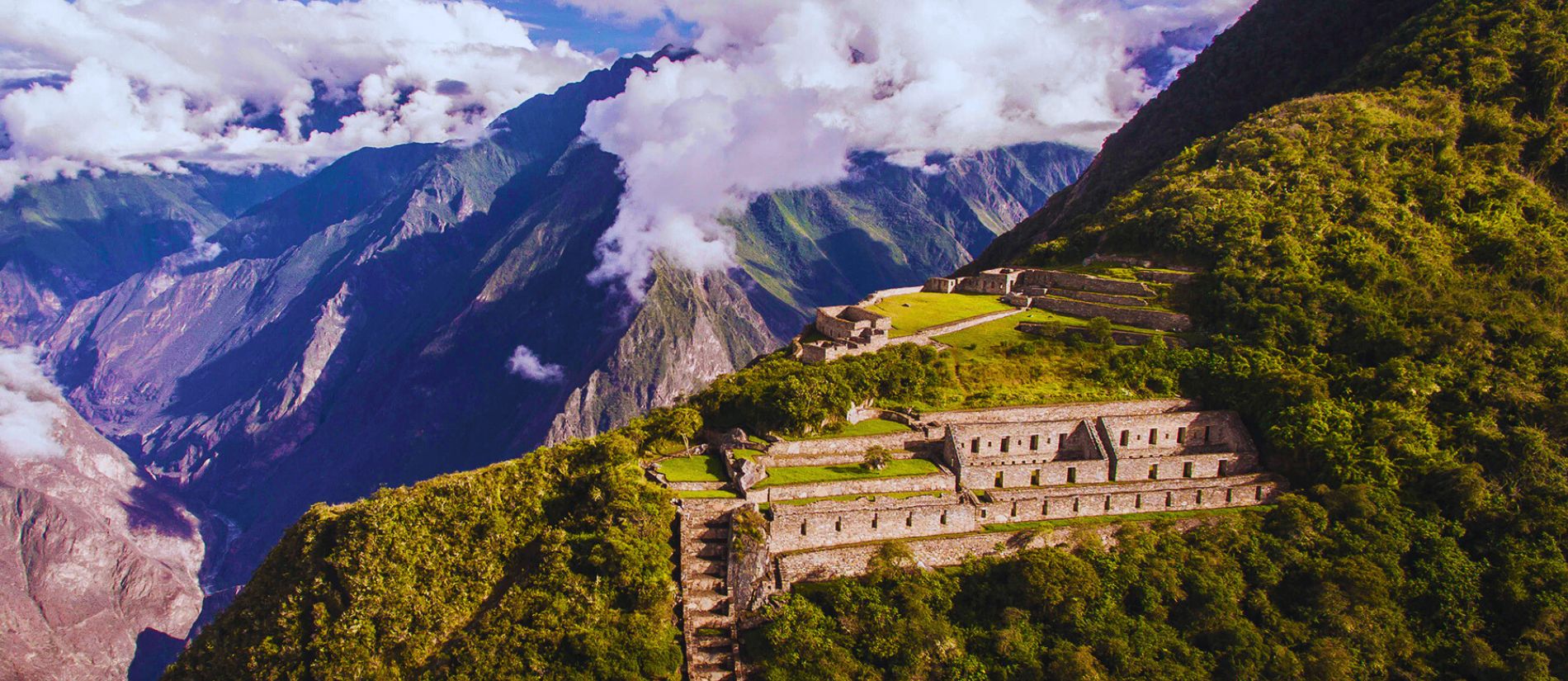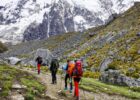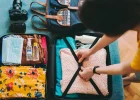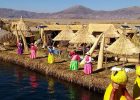When you decide to hike to Choquequirao, you are not just crossing mountains or simply exploring an archaeological site. You are entering a living territory, where history is not only found in the Inca stones but also in the hands, gazes, and words of the people who inhabit this ancestral trail. They are the guardians of the path—the Andean communities who, day by day, care for, live, and work along these routes. And you, traveler, will be a witness to their world.
Capuliyoc: The First Encounter
Your journey will likely begin at Capuliyoc, a natural viewpoint at 2,900 meters above sea level, in the province of Cusco. This small settlement is your first contact with local life. Here, you will meet muleteers, many of whom come from families that have lived in the area for generations. They carry travelers’ supplies—and stories, which you can hear over a hot cup of coca tea.
At Capuliyoc, you will also find basic lodging, homemade food stalls, and spectacular views of the Apurímac canyon. From here, your trek descends nearly 1,500 meters, and with it, you enter an ecosystem and culture that shift with every step.

Cocamasana and Chiquisca: Between the Heat and the Crops
After the first steep descent, you will reach Cocamasana, a small settlement surrounded by dry but fertile lands. Families here grow bananas, corn, avocados, and sugarcane. Some will offer you fresh juice or homemade food, cooked with hand-grown ingredients, at a slow, unhurried pace.
Further down is Chiquisca, another common rest point. This place is warm, both in climate and hospitality. Families here welcome travelers, and some have set up camps or stores where you can buy water, fruit, and even a cold soda if you’re lucky.
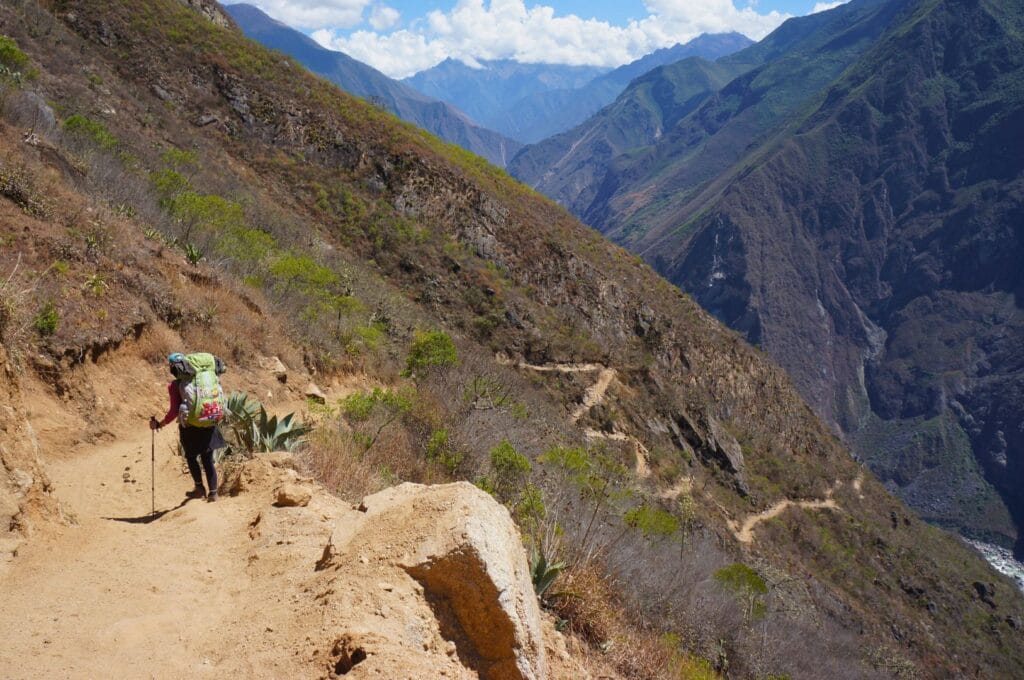
Rosalinas and Playa Rosalina: Guardians of the Apurímac River
After crossing the impressive hanging bridge over the Apurímac River, you’ll reach Playa Rosalina, where a few families live and maintain small crops. Although there are not many facilities here, you can feel the direct connection with Pachamama: the fertile, powerful earth that provides sustenance in exchange for respect.
These sections are among the hottest on the trail and also some of the most challenging due to the steep climb that follows. The small community is crucial in preserving the trail and the environment.
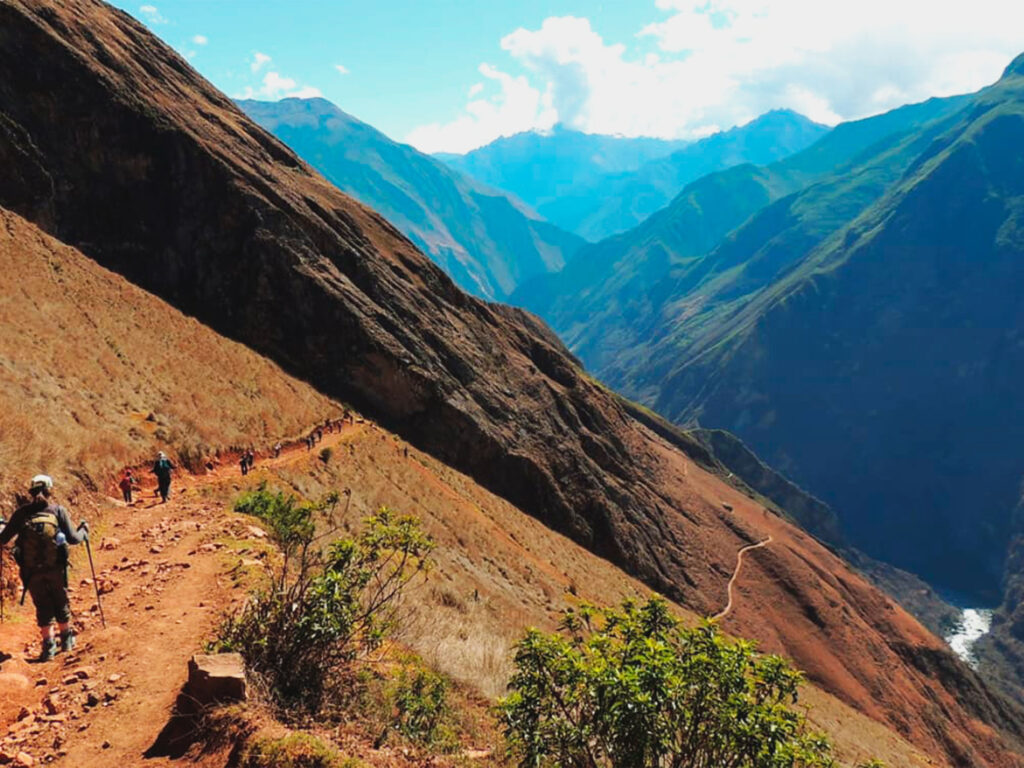
Santa Rosa Baja and Santa Rosa Alta: Shared Effort
Ascending from the river, you’ll find the communities of Santa Rosa Baja and then Santa Rosa Alta, located between 2,000 and 2,800 meters above sea level. Here live farming and livestock-raising families who have also adapted their lives to the flow of travelers. You can see how they care for their animals, harvest sugarcane to make aguardiente (cane liquor), and keep traditions alive while embracing rural tourism.
Don’t be surprised if they offer you a taste of homemade cañazo. Accept it respectfully: it’s part of the spirit of the place.
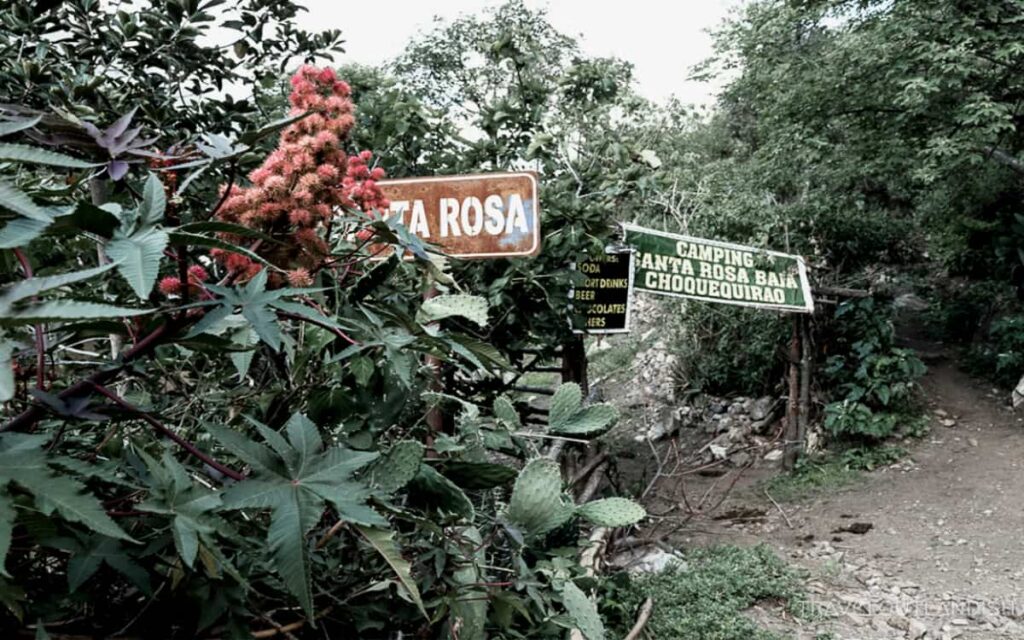
Marampata: The Village Among the Clouds
Reaching Marampata, at about 2,900 meters above sea level, feels like arriving at an oasis high in the Andes. This is the last settlement before Choquequirao. Many families here have built simple lodges with beds, bathrooms, and even solar panels. Some children walk down to Santa Rosa to attend school; others help with farming or assisting travelers.
Marampata is the best place to spend the night before visiting Choquequirao the next day. From its viewpoints, you can see the archaeological complex across the valley. But the most valuable treasure is the people: their hospitality, their pride in their surrounding history, and their dedication to ensuring that you, the traveler, have an authentic experience.
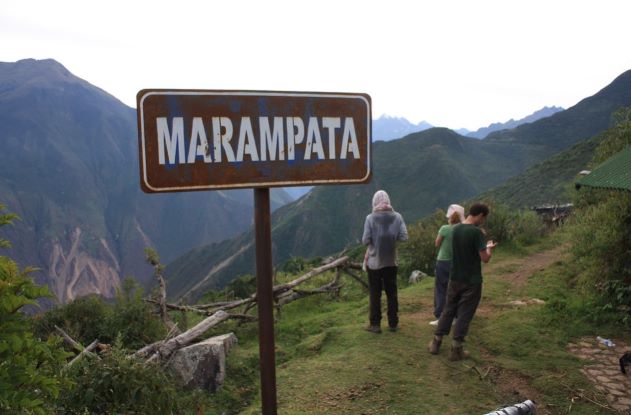
Your Role as a Conscious Traveler
You are not just walking a trail; you are entering homes, sharing resources, and leaving a mark, visible or invisible. Therefore:
- Buy directly from local families.
- Respect their time, their language (many speak Quechua), and their traditions.
- Ask before taking photos.
- Don’t haggle over genuine hard work.
- If possible, share a bit of your culture too. Exchange goes both ways.
